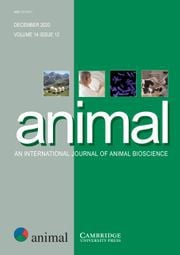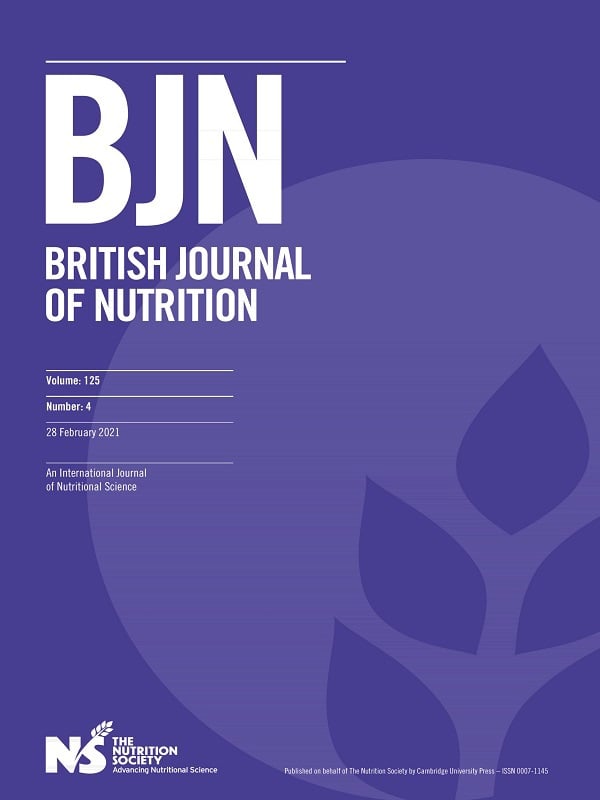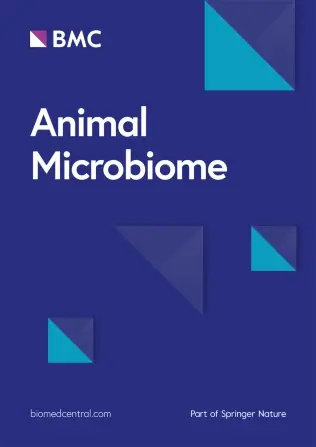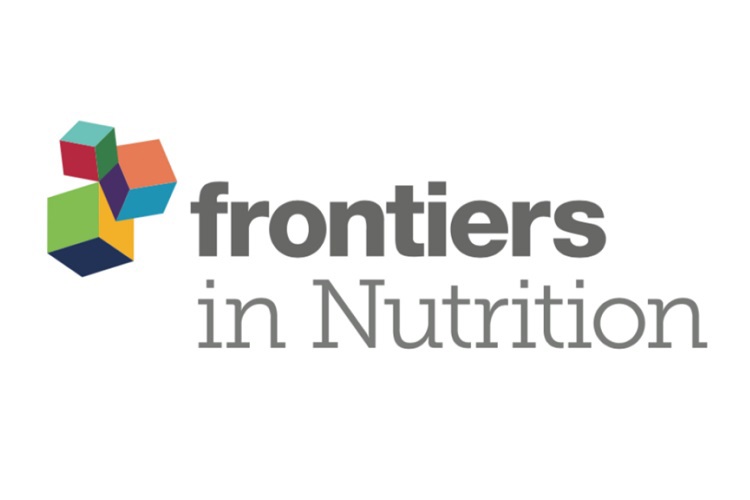
Dietary L-glutamic acid N,N-diacetic acid improves short-term maintenance of zinc homoeostasis in a model of subclinical zinc deficiency in weaned piglets
- Swine
- Piglets
- 2022
E. Ganslmaier, J. Oeckl, R. Busink, J. Martín-Tereso, W. Windisch, D. Brugger

Abstract
This study compared the Zn response in selected tissues of weaned piglets fed L-glutamic acid, N,N-diacetic acid (GLDA), while challenged with short-term subclinical Zn deficiency (SZD). During a total experimental period of eight days, 96 piglets were fed restrictively (450 g/d) a high phytate (9 g/kg) diet containing added Zn at 0, 5, 10, 15, 20, 25, 45 and 75 mg/kg with and without 200 mg/kg of GLDA. No animals showed signs of clinical Zn deficiency and no phenotypical differences were observed. Broken line analysis of Zn status parameters such as liver Zn and apparently absorbed Zn indicated that the gross Zn requirement threshold was around 55 mg/kg diet. Supplementation of Zn above this threshold led to a saturation of the response in apparently absorbed Zn and linear increase in liver Zn. Bone and serum Zn responded to the dose in a linear fashion, likely due to the time-frame of Zn homoeostatic adaptation. Inclusion of GLDA into the diets yielded a higher intercept for bone Zn (P < 0·05). Liver Zn accumulation and MT1A gene expression was higher for piglets receiving GLDA (P < 0·05), indicating higher Zn influx. This study indicates that a strong chelator such as GLDA mitigates negative effects of phytate in plant-based diets, by sustaining Zn solubility, thereby improving nutritional Zn availability.

